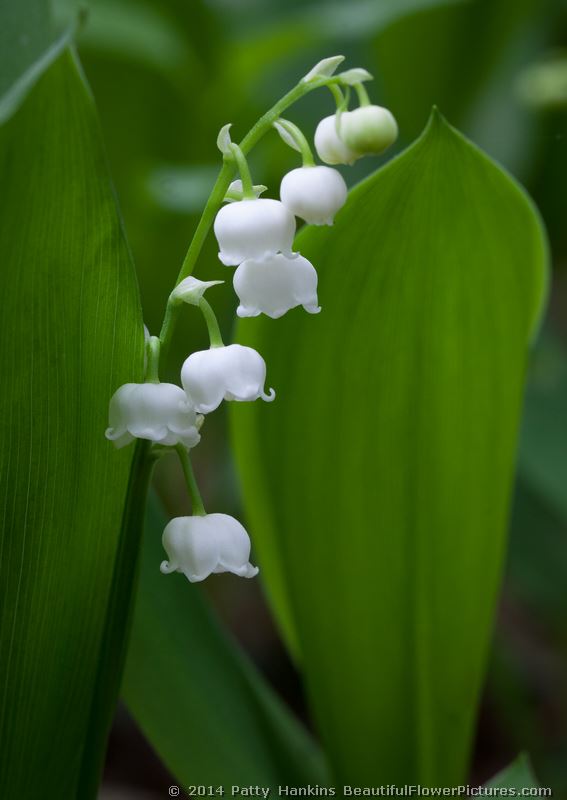
by hankinslawrenceimages | Jul 15, 2014 | Asparagaceae Family, Flowers

Lily of the Valley © 2014 Patty Hankins
Lily of the Valley (convallaira majalis) is one of those delicate flowers that everyone seems to love. I get so many requests for photos of Lily of the Valley that I finally took some time to edit some photos that I’ve taken over the years. I don’t think I have what will be a Lily of the Valley photo that I start making prints of – but at least I’ve got a few to share with you.
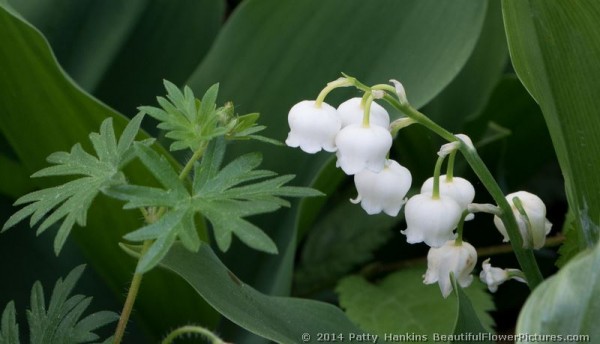
Lily of the Valley © 2014 Patty Hankins

Lily of the Valley © 2014 Patty Hankins
Lily of the Valley has beautiful little white bell shaped flowers that bloom in the late spring. The flowers grow on a stems with between 5 and 15 flowers per stem. Each flower is only a few millimeters in diameter. The plants can grow as tall as 30 centimeters. It is a member of the Asparagaceae family.
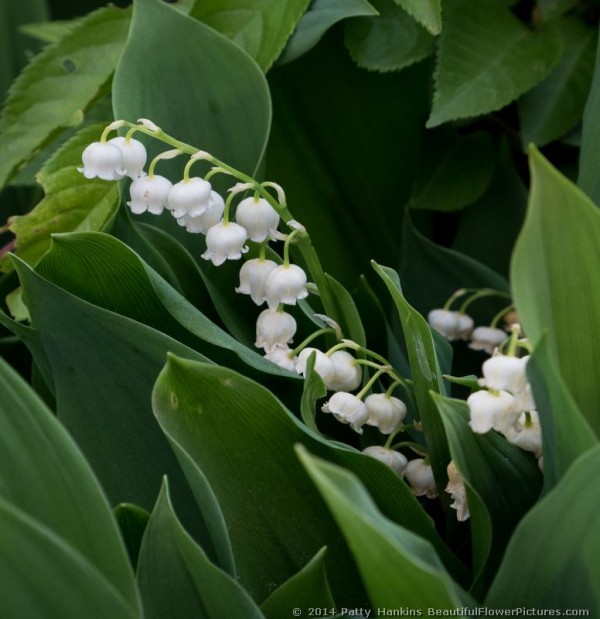
Lily of the Valley © 2014 Patty Hankins
Lily of the Valley is native to Europe and Asia. There are also some that are found in the Appalachain mountains here in the United States – but no one is sure if the ones found here are native plants or ones that naturalized after being brought from Europe.
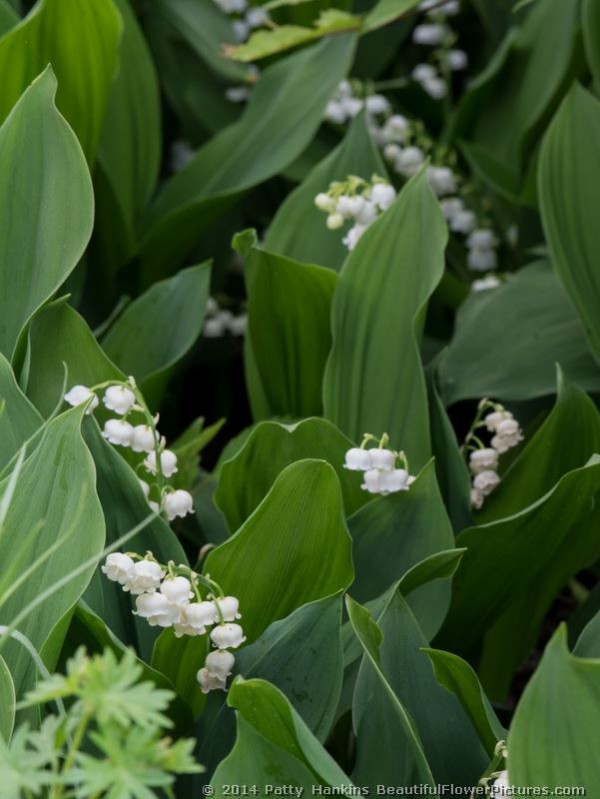
Lily of the Valley © 2014 Patty Hankins
All parts of Lily of the Valley – including the flowers and the red berries that grow later in the year – are highly poisonous. Eating just a small amount of Lily of the Valley can cause vomiting, abdominal pains and reduced heart rates.
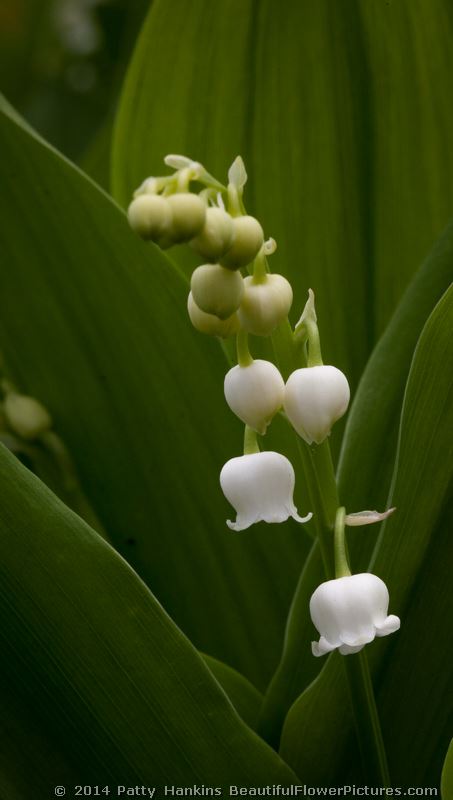
Lily of the Valley © 2014 Patty Hankins
I hope you enjoy seeing my photos of the Lily of the Valley.
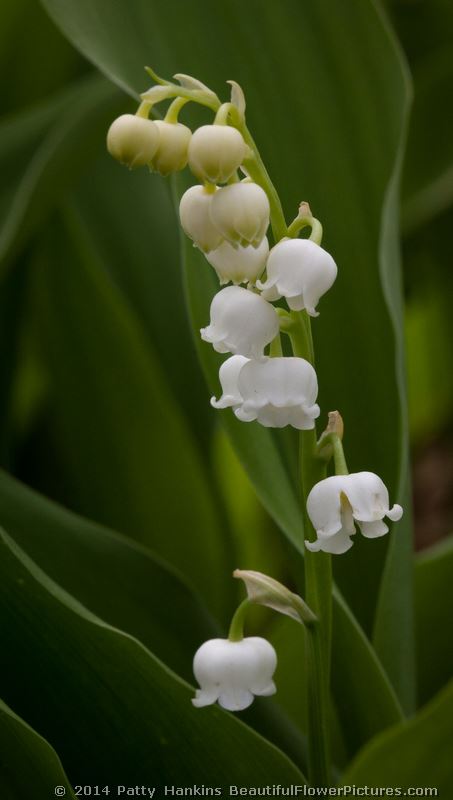
Lily of the Valley © 2014 Patty Hankins
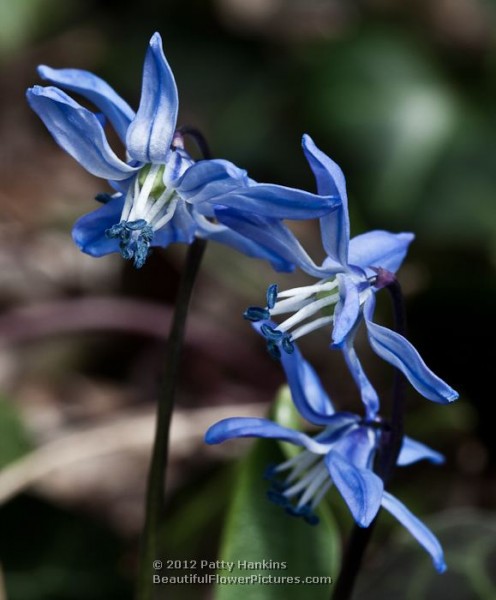
by hankinslawrenceimages | Jan 21, 2013 | Asparagaceae Family, Flowers
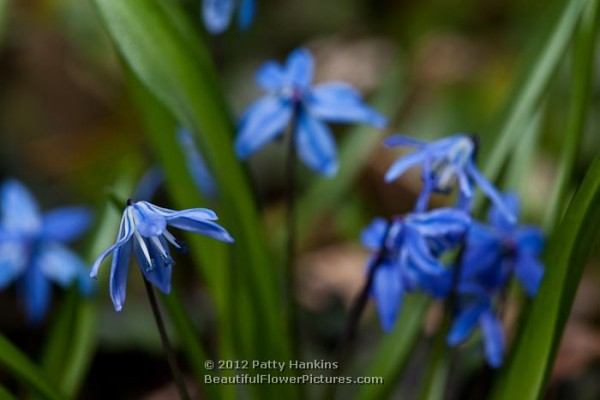
© 2012 Patty Hankins
One of the sure signs of spring in the DC area is seeing the beautiful little blue Siberian Squill blooming at local gardens. I usually start seeing Siberian Squill in early to mid-March.

© 2012 Patty Hankins
Native to Russia and Turkey, Siberian Squill can grow in the United States in USDA zone 2a to 8b. It prefers to grow in sun to partial shade. I often see it growing in grassy areas – it usually dies back before the grass needs mowing.
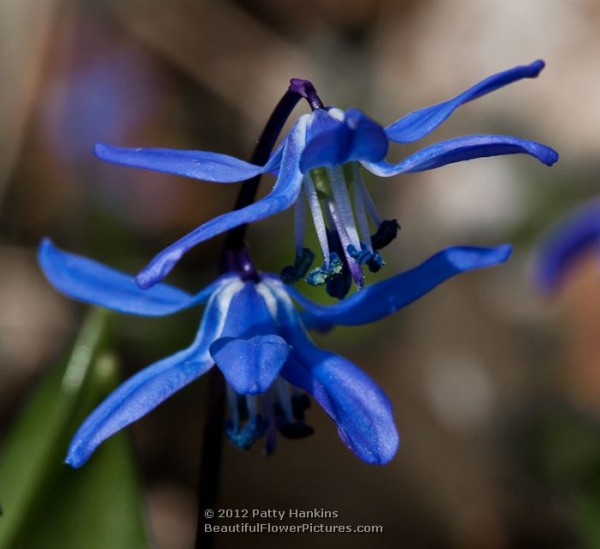
© 2012 Patty Hankins
Siberian Squill grow from bulbs and naturalize rapidly once planted. The plants grow to about 6″ tall. The flowers are bright blue, with six petals and six stamens.
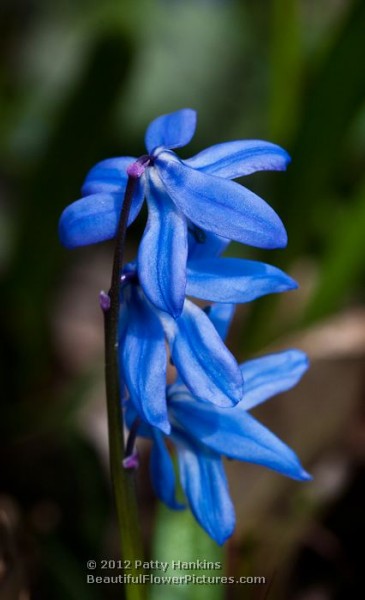
© 2012 Patty Hankins
Care should be taken that no one eats any part of the Siberian Squill plants, bulbs or seeds – since all parts of the plant have been reported to be poisonous.
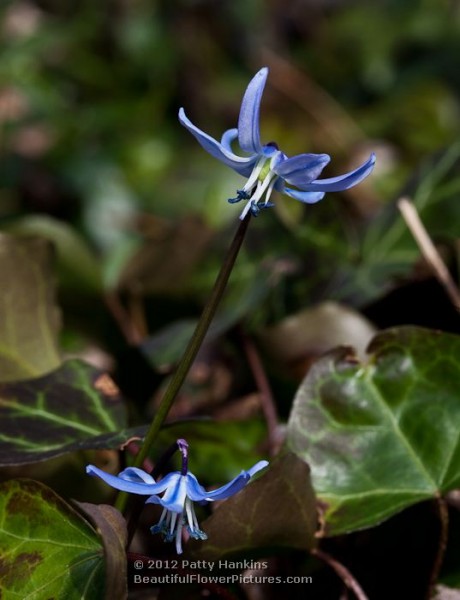
© 2012 Patty Hankins
Are there flowers that herald the coming of spring for you the way that Siberian Squill does for me?
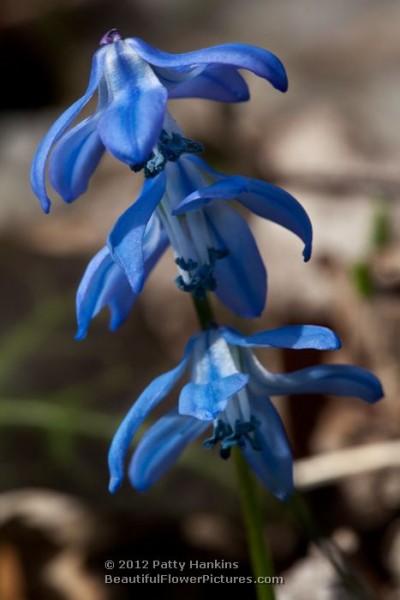
© 2012 Patty Hankins
by hankinslawrenceimages | Jun 22, 2011 | Asparagaceae Family, Flowers
 © 2011 Patty Hankins
© 2011 Patty Hankins
When I was in the Smoky Mountains in April I spotted a lovely little white wildflower that I wasn’t to identify. You can imagine my surprise when I found is growing in my garden in Bethesda a few weeks later. I assumed it was one of the native plants that had decided it wanted a place in my garden.
 © 2011 Patty Hankins
© 2011 Patty Hankins
You can imagine my surprise when I finally identified it as Star of Bethlehem (Ornithogalum umbellatum) and discovered that it’s not native to the United States. Instead, it is native to Souther and Central Europe, Northwestern Africa and Southwestern Asia. After escaping from cultivated gardens, Star of Bethlehem is naturalizing in many locations. It currently can be found in the wild in the entire Eastern half of the US and Canada, along the West Coast of both countries and in some states in between. In Alabama it is classified as a Class C noxious weed and in Connecticut it is listed as potentially invasive but not banned.
 © 2011 Patty Hankins
© 2011 Patty Hankins
A member of the lily family, Star of Bethlehem grows to 12″ tall. The basal leaves are up to 12″ long, with a distinct white stripe on the back. There can be clusters of many flowers in within each plant. The flower has six white petals each with a green stripe on the back. Once I learned to identify Star of Bethlehem, it was easy to recognize it.
 © 2011 Patty Hankins
© 2011 Patty Hankins
Star of Bethlehem is toxic to humans. There are reports of it being used in herbal preparations and eaten raw. Great caution should be used to make sure than any consumption is done safely if it has to eaten.
 © 2011 Patty Hankins
© 2011 Patty Hankins
If you’d like more information about Star of Bethlehem, you can find it on the following websites:
Burke Museum of Natural History
Paghat’s Garden
Robert Freckmann Herbarium
USDA Plant Profiles
Wikipedia
by hankinslawrenceimages | Mar 29, 2011 | Asparagaceae Family, Flowers
In the Washington DC area, one of the earliest blooming spring flowers is Glory in the Snow. I usually start seeing it in local gardens in early March. The bright purple – blue flowers are a welcome splash of color after the duller colors of winter.
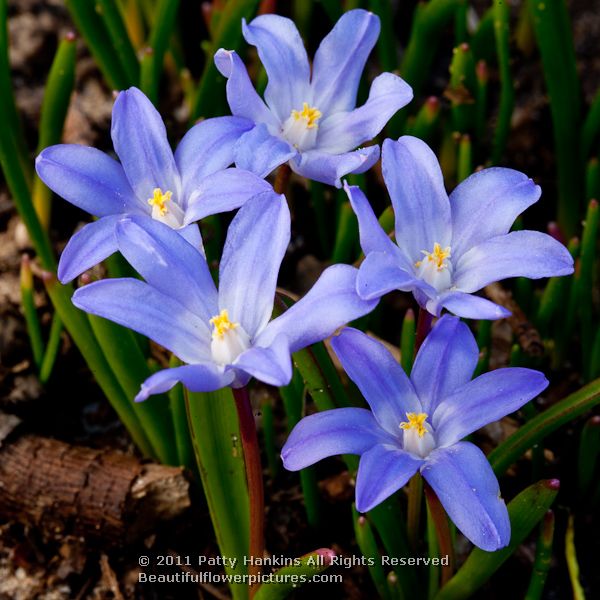 (c) 2011 Patty Hankins
(c) 2011 Patty Hankins
Native to Turkey, Crete and Cyprus – Glory of the Snow are an early blooming spring flowers. Members of the Hyacinthaceae family, they grow 4-6″ tall, with 6 petaled flowers. The most common color for Glory of the Snow is a wonderful shade of blue-purple. There are some white and pink varieties available.
 (c) 2011 Patty Hankins
(c) 2011 Patty Hankins
In the U.S – Glory in the Snow is hardy from zones 4a to 8b. It prefers to grow in full sun or part shade. It seems to grow nicely in wooded areas – blooming before the leaves grow in the bushes and trees.
 (c) 2011 Patty Hankins
(c) 2011 Patty Hankins
At Brookside Gardens in Wheaton, Maryland there is a wonderful area near the Children’s Garden where hundreds of Glory in the Snow bloom each spring. Each year, the patch is larger and more beautiful than the year before. For me – I know spring is just about here when I see the Glory in the Snow at Brookside Gardens. 🙂

(c) 2011 Patty Hankins























